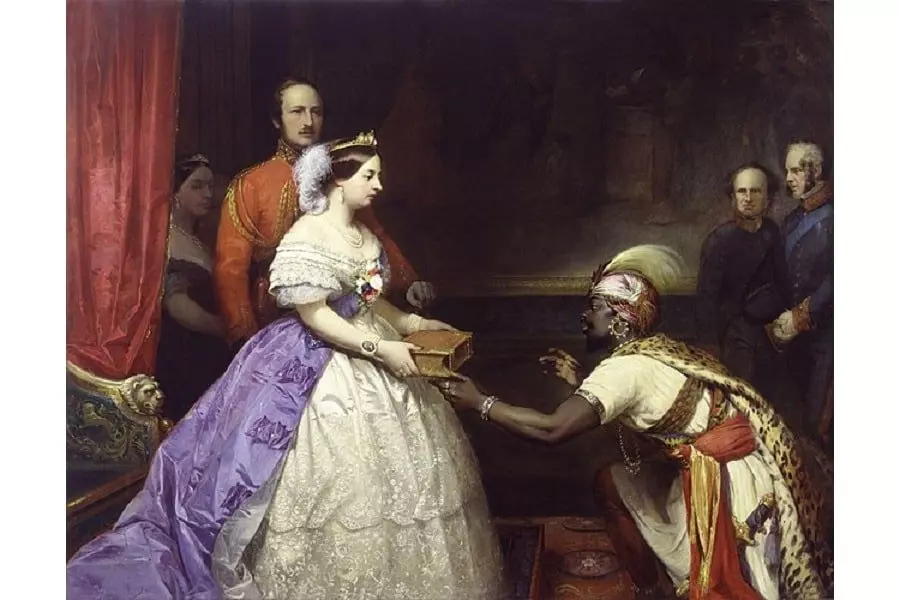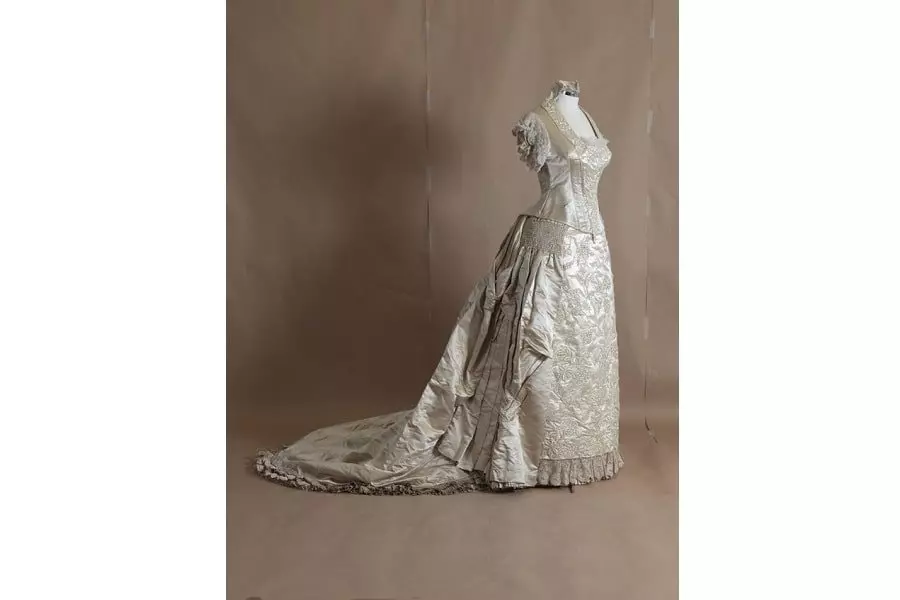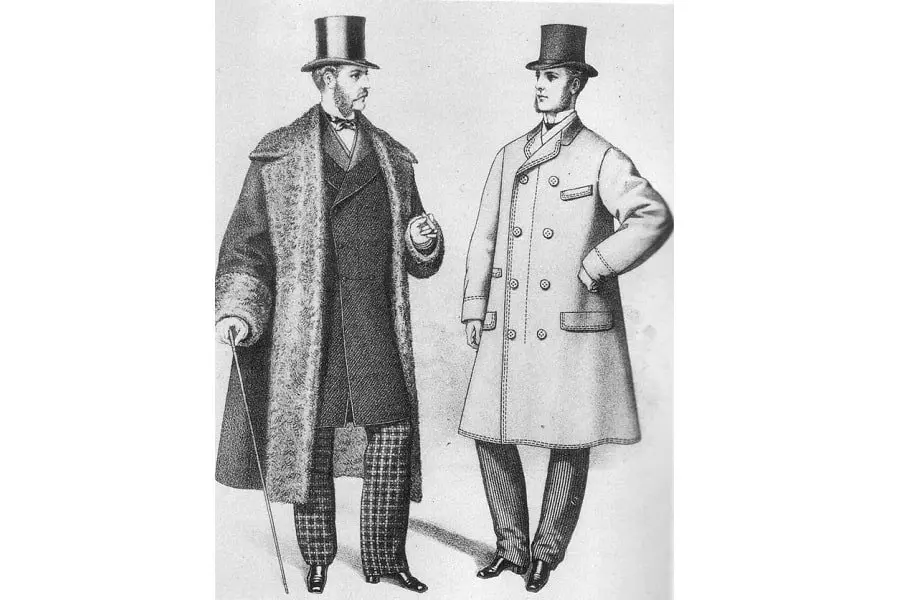The Victorian era, spanning from 1837 to 1901, was a time of great change and transformation in Britain. The fashion of this period reflected these changes and encompassed a wide range of styles, dictating social status and societal norms. In this article, we will delve into the fascinating world of Victorian fashion, uncovering its influences and evolution.
What is the Victorian Era Fashion?
When we think of Victorian fashion, images of corsets, full skirts, bonnets, and top hats immediately come to mind. The intricately made colorful clothing of this era mirrored the transformations and advancements of the Victorian period. It played a pivotal role in society, defining social status and adherence to strict etiquette.
 Victorian dresses from the collection of the Victoria Museum in Kyiv.
Victorian dresses from the collection of the Victoria Museum in Kyiv.
What Influenced Victorian-Era Fashion?
Victorian fashion was unlike the fashion trends during the reign of other British monarchs. It was heavily influenced by Queen Victoria herself, who favored modest styles with a slim waist and minimalistic designs. The fashion of the time drew inspiration from literature, art, architecture, and societal issues such as changing gender roles.
 Queen Victoria presenting a Bible in the Audience Chamber at Windsor by Thomas Jones Barker.
Queen Victoria presenting a Bible in the Audience Chamber at Windsor by Thomas Jones Barker.
Technological advancements, such as the mass production of the sewing machine and the development of synthetic dyes, revolutionized the fashion industry. This made fashion more accessible, and advances in printing technology made fashion magazines widely available. The introduction of fixed-price department stores further impacted the fashion of the period.
The Evolution of Dress Styles During the Victorian Era
Throughout the Victorian era, the fashionable silhouette underwent significant changes. At the beginning of Queen Victoria's reign, women adorned themselves with elongated, slim torsos and wide, bell-shaped skirts. To achieve this look, they wore several heavy petticoats underneath their skirts and tightly laced corsets.
 Crinoline
Crinoline
In 1856, the crinoline was introduced, revolutionizing women's fashion. This cage-like structure replaced the heavy petticoats, allowing women more freedom to move their legs while retaining the favored bell shape. The introduction of the bustle dress in the late Victorian period further changed the silhouette, emphasizing a shaped back and adding volume and shape to the overall appearance.
Sleeves also underwent transformations. At the beginning of the era, tight sleeves mirrored the nipped-in waist of the corset. With the advent of the crinoline, sleeves became larger, flaring at the elbow in a draped bell shape. The Aesthetic Movement, which focused on simpler, more natural styles, brought flowing lines and delicate details to dresses.
Women's Fashion
Women's clothing during the Victorian age showcased distinct differences between the upper and lower classes. The upper class adorned themselves in elaborate and restrictive garments, while the lower classes opted for more practical and affordable clothing. Dresses of the era were designed to showcase fashionable silhouettes and were accompanied by accessories such as hats, shoes, and gloves.
 Evening Gowns
Evening Gowns
Formal evening gowns, worn by upper-class women, displayed wealth and social status. They were made from luxurious fabrics, adorned with intricate embellishments, and featured low-cut necklines. Day dresses, tea gowns, mourning attire, and riding habits were other styles worn during the Victorian era.
Hats, Shoes, and Gloves
Accessories played an important role in Victorian fashion. Hats were a significant accessory for women, ranging from bonnets to straw hats, boaters hats, and torques. Shoes transitioned from satin slippers to leather boots with narrow toes. Gloves were considered essential for both practical and fashion purposes, signifying refinement and etiquette.
Men's Fashion
Men's fashion in the Victorian era also reflected social norms and ideals. Different styles of clothing were worn at various times of the day and for specific activities. Formal attire included morning coats, waistcoats, and top hats, while casual outfits featured sack coats and three-piece suits. Leather boots and polished shoes completed the look.
 Victorian men
Victorian men
The Significance of Victorian Fashion
Victorian fashion held great importance in society as it served as a visual indicator of social status. It enforced gender roles and celebrated modesty and propriety. The styles and trends of the era mirrored the shifting roles of men and women in Victorian society. Fashion was deeply intertwined with the social norms and ideals of the time.
In conclusion, Victorian fashion was a reflection of the societal changes and advancements of the era. It showcased distinct styles and trends, defining social status and adherence to strict etiquette. From elaborate and restrictive garments to more practical and affordable clothing, Victorian fashion represented a significant period in history that continues to inspire and captivate us today.


















